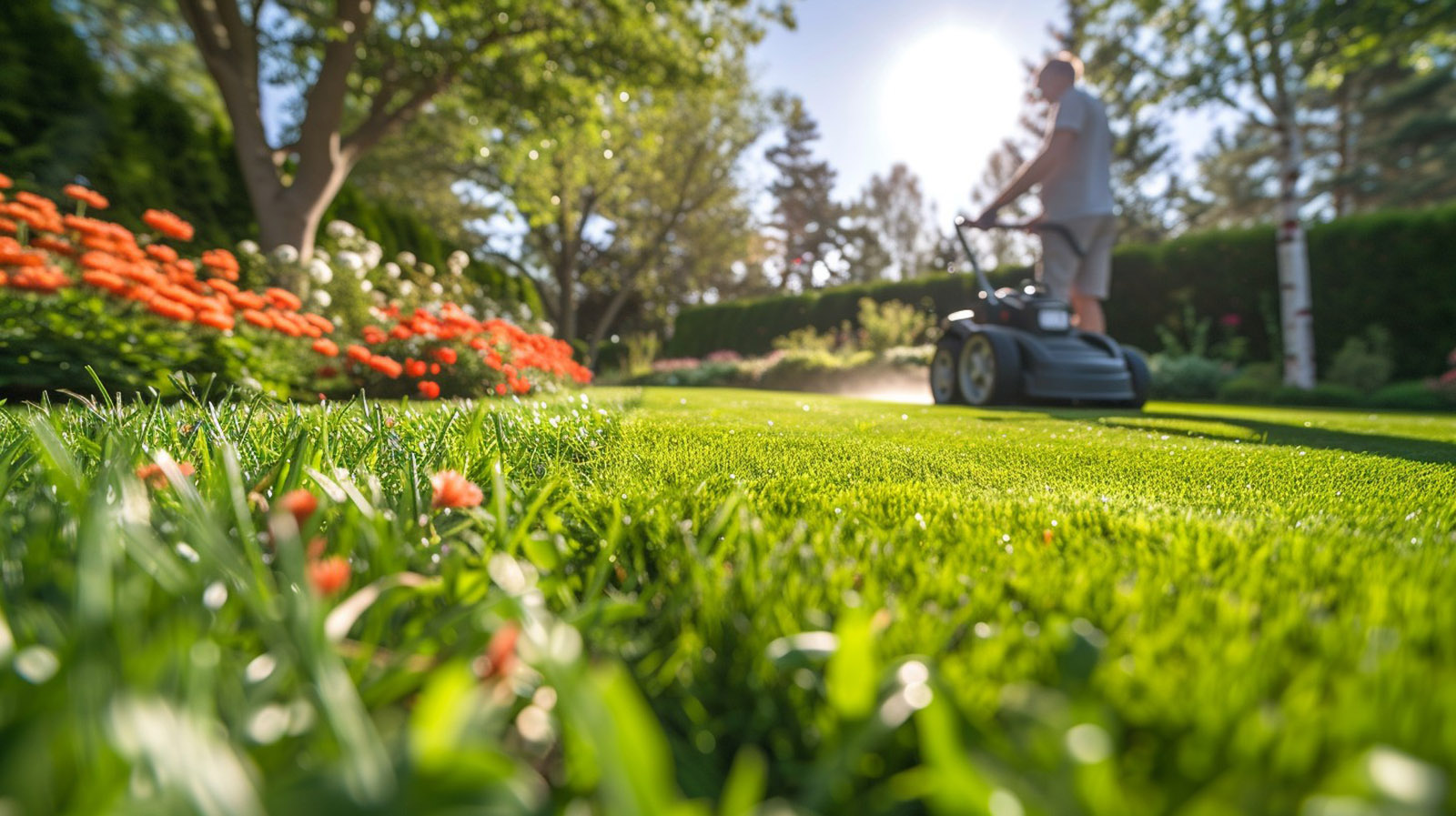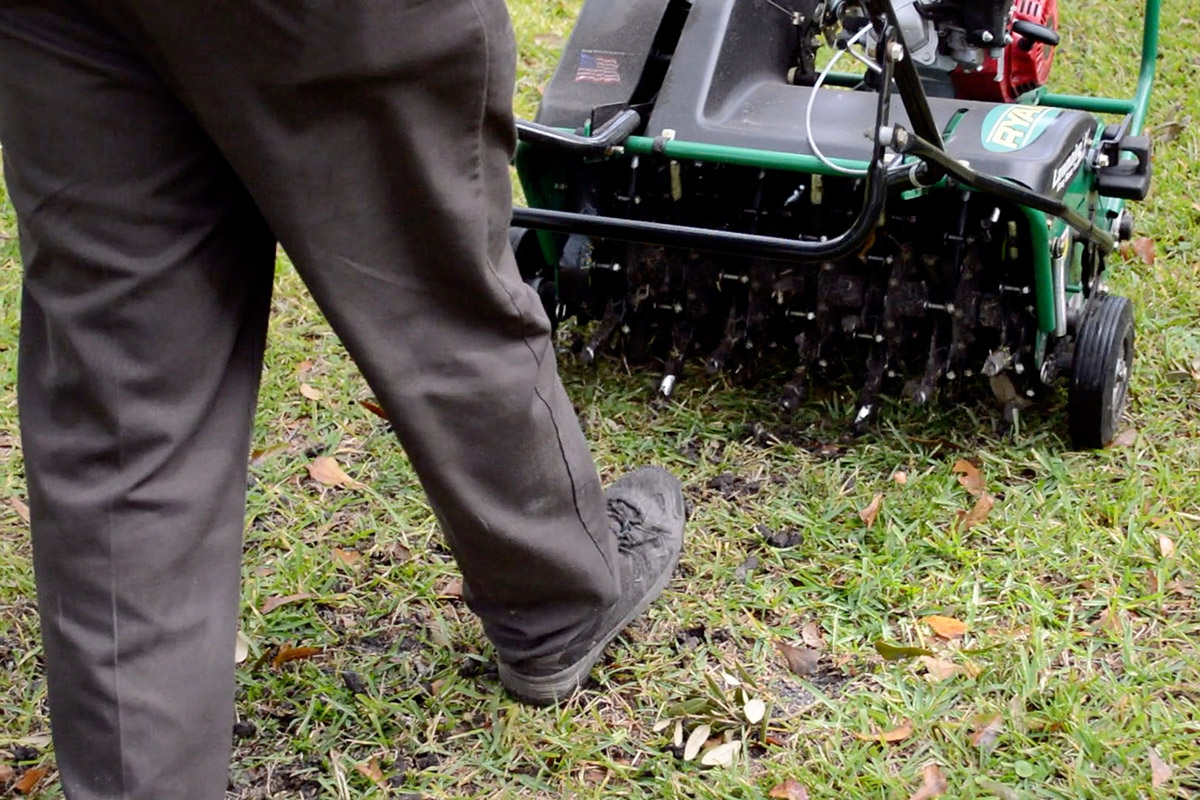
Winter frost gives way to the vibrant hues of spring in British Columbia, gardening enthusiasts across the Lower Mainland, Vancouver Island, and the Okanagan eagerly prepare their landscapes for the upcoming growing season. One essential practice that takes center stage during this transitional period is aeration. Aeration is a key maintenance task that promotes the health and vitality of lawns, gardens, and landscapes. In this article, we will explore the importance of aeration in spring and its specific relevance to the diverse regions of the Lower Mainland, Vancouver Island, and the Okanagan in British Columbia.
As gardeners and landscapers gear up for the spring gardening season in the Lower Mainland, Vancouver Island, and the Okanagan, understanding the significance of aeration becomes paramount. Implementing this practice ensures that the unique soil conditions in each region are optimized for healthy plant growth, vibrant landscapes, and bountiful harvests. So, grab your aerator, breathe new life into your soil, and watch your garden flourish in the beauty of British Columbia’s diverse climates.
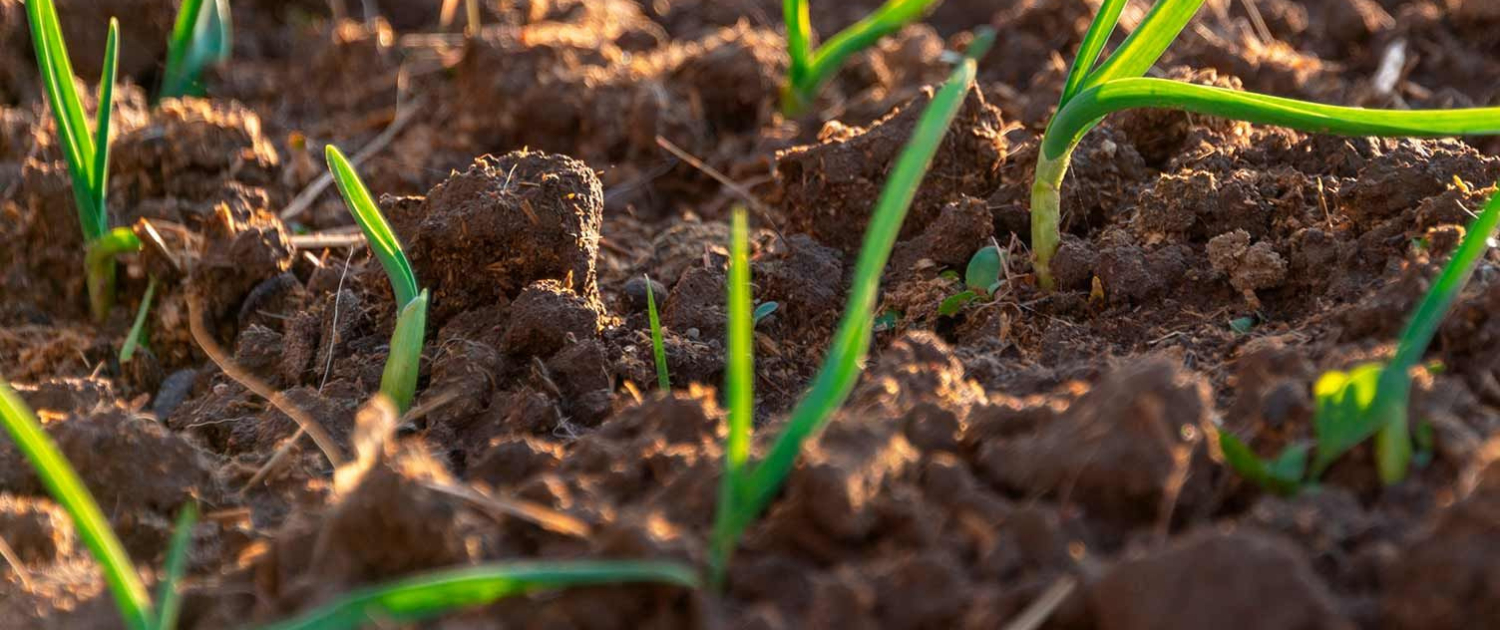
Improved Oxygen Circulation
Improved Oxygen Circulation
Aeration facilitates the exchange of gases between the soil and the atmosphere, ensuring that plant roots receive an adequate supply of oxygen. This is vital for the metabolic processes of the roots and the overall health of the plants.

Enhanced Water Absorption
Enhanced Water Absorption
Compacted soil can impede water penetration, leading to poor drainage and increased runoff. Aeration helps water to reach the root zone more efficiently, preventing waterlogged conditions and promoting healthier, drought-resistant plants.
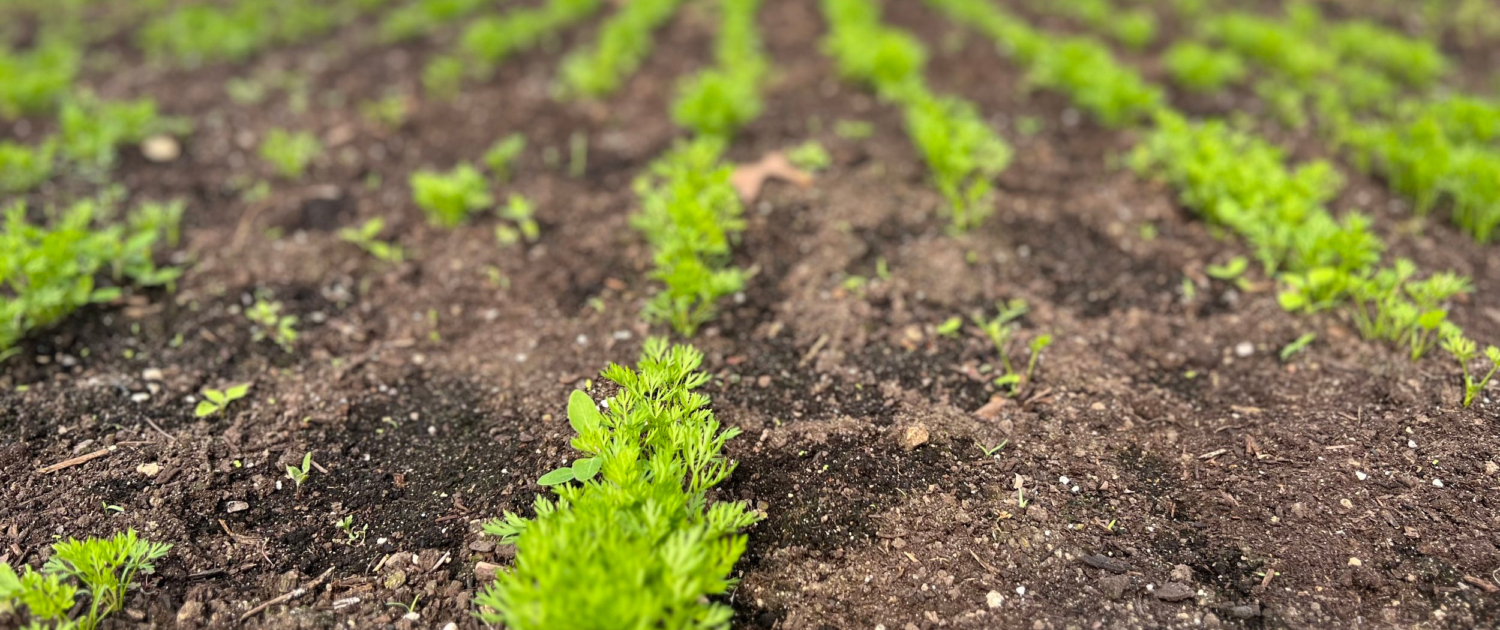
Nutrient Uptake
Nutrient Uptake
By breaking up compacted soil, aeration enhances the availability of essential nutrients to plant roots. This can result in better nutrient uptake, leading to improved plant growth, color, and resilience.
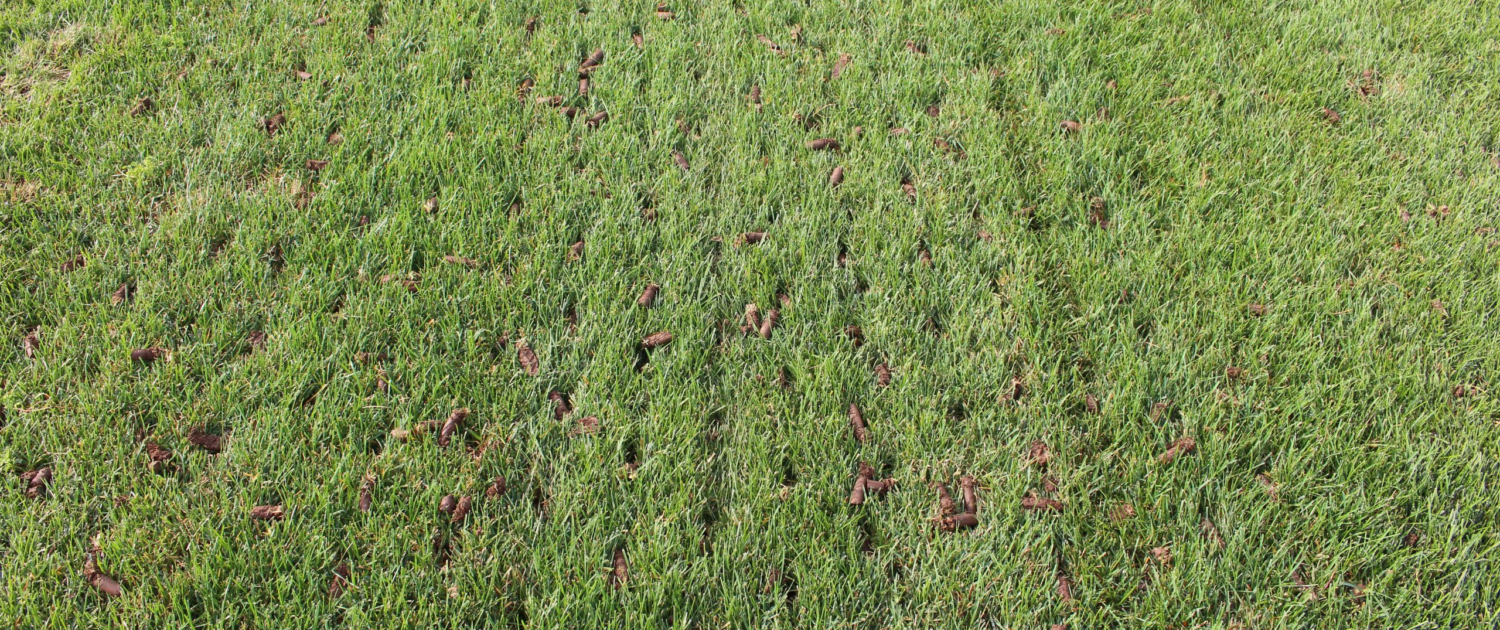
Regional Considerations
Regional Considerations
The Lower Mainland boasts a diverse climate, where coastal areas experience milder temperatures and increased rainfall compared to inland regions. Aeration proves particularly advantageous in regions with heavy clay soils prone to compaction, creating optimal growing conditions for popular ornamental plants like rhododendrons and azaleas. Similarly, Vancouver Island, with its maritime climate featuring mild winters and moderate rainfall, requires aeration to manage its predominantly acidic soils. This practice fosters enhanced nutrient absorption for plants such as lavender, camellias, and the iconic rhododendrons that thrive on the island.
Meanwhile, the Okanagan, renowned for its semi-arid climate and warm temperatures, faces soil compaction challenges due to irrigation practices and occasional dry spells. Hence, spring aeration is crucial in the Okanagan to stimulate deep root growth in fruit trees, grapevines, and other crops, ensuring sustained access to water and nutrients throughout the growing season.
